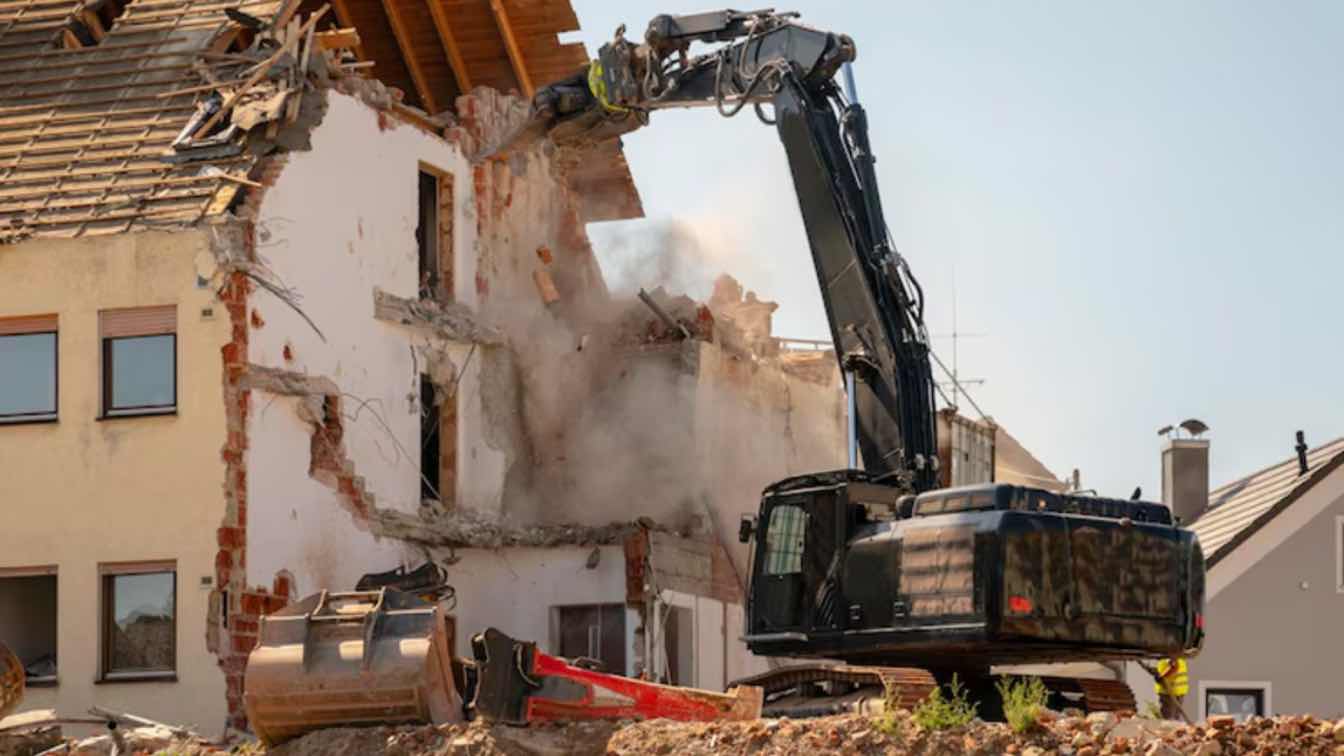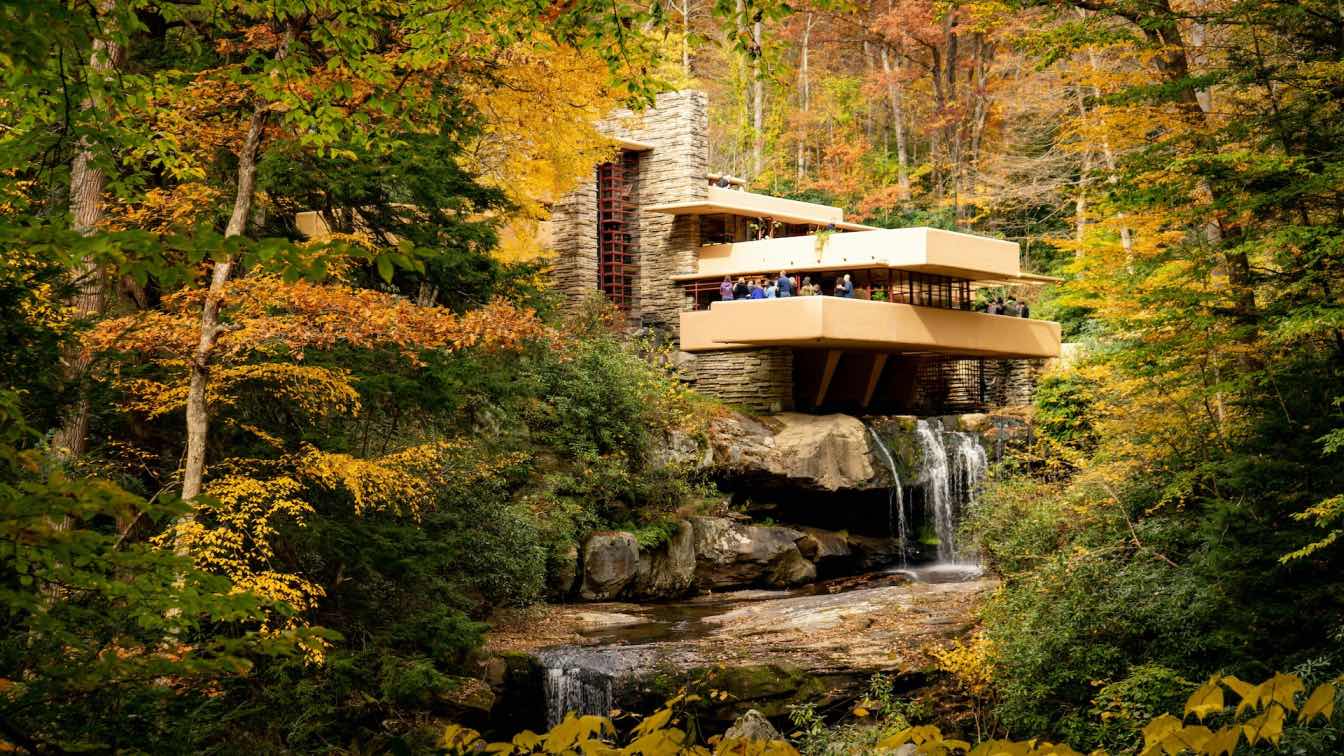Tearing down a house isn’t as simple as calling in the excavator and kicking back. In Brisbane, demolition comes with a rulebook—and ignoring it can cost you far more than just time. Before you draw up renovation plans or dream of building something new, it pays to understand what stands in your way (legally speaking) when it comes to knocking something down.
Whether you're updating an aging family home or redeveloping an investment property, Brisbane house demolition rules are serious business. Heritage overlays, local zoning laws, and even how close your neighbor’s fence sits can affect what you’re allowed to demolish—and how.
Let’s break it down so you’re not caught off guard.
Do You Even Need Approval? (Spoiler: Probably)
You might think, “It’s my property, I’ll do what I want with it.” Unfortunately, Brisbane City Council doesn’t quite see it that way.
Before any demolition can begin—partial or full—you need to check whether your home is protected or subject to regulations under Brisbane’s planning scheme. A Development Application (DA) or a Planning and Building Approval may be required depending on the situation.
Here’s when you might need approval:
1. Your property is located within a Demolition Control Precinct.
2. The building is pre-1947, especially in older inner-city suburbs.
3. The property is subject to a character overlay.
4. You’re planning to knock down more than just internal walls or fittings.
If your home falls outside these zones and overlays, you may be able to proceed with a self-assessable demolition. But don’t assume—check your lot’s property report via Brisbane City Council’s City Plan online tool first.
What the Council Wants (and Expects)
Brisbane City Council isn’t trying to make life hard—they’re just serious about protecting the city’s architectural heritage and keeping neighborhoods cohesive. Here's what they typically require:
1. Development Application (DA)
If your home is in a protected area or has heritage considerations, a DA is your first step. This application outlines your intentions and allows the council to assess the impact of the demolition. Approval times vary, but don’t expect a same-week green light.
2. Building Approval from a Certifier
Even if a DA isn’t required, you'll still need to engage a private building certifier to get demolition approval. They’ll make sure the work aligns with the Building Code of Australia and local requirements.
3. Notifying Neighbors
In certain cases—especially where work might impact a shared fence line or disrupt utilities—formal notification to adjacent property owners is required. It's more than just a friendly heads-up; it's part of the compliance checklist.
4. Waste and Debris Management Plan
Dumping your demolition leftovers on the curb won’t fly. Brisbane requires a responsible disposal plan. Many homeowners work with demo teams who salvage reusable materials to meet eco and compliance standards.
Failing to meet these steps can land you with steep penalties—and sometimes even an order to reverse the demolition.
Heritage Listings: The Deal-Breaker You Can’t Ignore
Even if your house looks like it’s been standing since before air conditioning was invented, don’t assume it's fair game for demolition. Brisbane has strong heritage protection policies, and they can apply even if your property isn’t listed on the state register.
Here’s how heritage can affect your demo plans:
Local Heritage Places: Your property might be locally listed and protected due to architectural or historical value. Even minor demolition or changes to the façade can trigger council scrutiny.
State Heritage Register: This carries more weight and stricter limitations. Full demolition? Likely off the table.
Pre-1947 Houses in Character Areas: Not formally "heritage," but still protected under planning schemes to preserve Brisbane’s distinctive street appeal.
In all cases, the burden of proof is on the homeowner to show why the structure can't be preserved or adapted. This often requires a heritage consultant’s report, structural assessments, or an architectural argument that makes the case for change.
So no, you can’t just bulldoze the “ugly old place.” Not without a paper trail that passes muster.
Asbestos, Safety, and the Not-So-Small Stuff
Once you’ve cleared the red tape, the job’s not done—it’s just shifting from legal to physical. And here’s where the “don’t DIY this” advice gets loud.
Asbestos Is Still Everywhere
If your home was built before the late 1980s, there’s a solid chance asbestos is hiding in your sheeting, eaves, insulation, or even tile adhesive. In Brisbane, only licensed removalists can handle asbestos—safely and legally.
And it’s not just about fines; mishandling asbestos puts your health and your neighbors at serious risk.
Safety Codes and Demolition Method
Brisbane regulations require a thorough demolition method statement, detailing how the structure will be dismantled safely. It must address everything from structural collapse prevention to protecting nearby pedestrians and properties.
Demolition contractors are also expected to comply with Workplace Health and Safety Queensland codes. That includes everything from fencing to dust suppression.
Utility Disconnections
Before a single wall is touched, all utilities—gas, electricity, water—need to be properly shut off and certified. One missed cable can lead to dangerous accidents or liability issues.
Site Fencing and Public Safety
It’s not just about what happens inside the property line. Brisbane regulations require proper site fencing to protect footpaths, neighboring properties, and any passersby. Temporary fencing must be secure, visible, and maintained throughout the job. This isn't just a safety thing—it’s a legal requirement.
Noise, Dust, and Working Hours
Yes, knocking down a house is noisy—but even noise has rules. Brisbane City Council has strict limits on when demolition work can happen, typically between 6:30 AM and 6:30 PM on weekdays. You’ll also need to manage dust and airborne debris with proper suppression methods to avoid complaints—or worse, fines.
Waste Sorting and Salvage
Everything you tear down has to go somewhere—and Brisbane expects you to handle it responsibly. That means separating recyclable materials like timber, concrete, and metal from general waste. In fact, many reputable demolition teams now build salvage and reuse strategies into their workflow to meet environmental standards and reduce landfill pressure.
The Final Word: Demolish with Confidence
Demolishing a house in Brisbane isn’t meant to feel like solving a Rubik’s Cube, but it’s also not something to wing without research. From council permits to asbestos disposal, every step comes with a rule or two attached.
The best approach? Start with the basics—know your zoning, overlays, and the age of your home. These three factors alone can determine whether you’ll need planning approval, heritage assessments, or a full-blown development application. From there, surround yourself with professionals who know Brisbane’s specific codes inside and out.
With the right prep, demo day doesn’t have to be a stress-fest. It can be the clean slate you actually enjoy—one that clears the way for something smarter, safer, and ready to build on.





